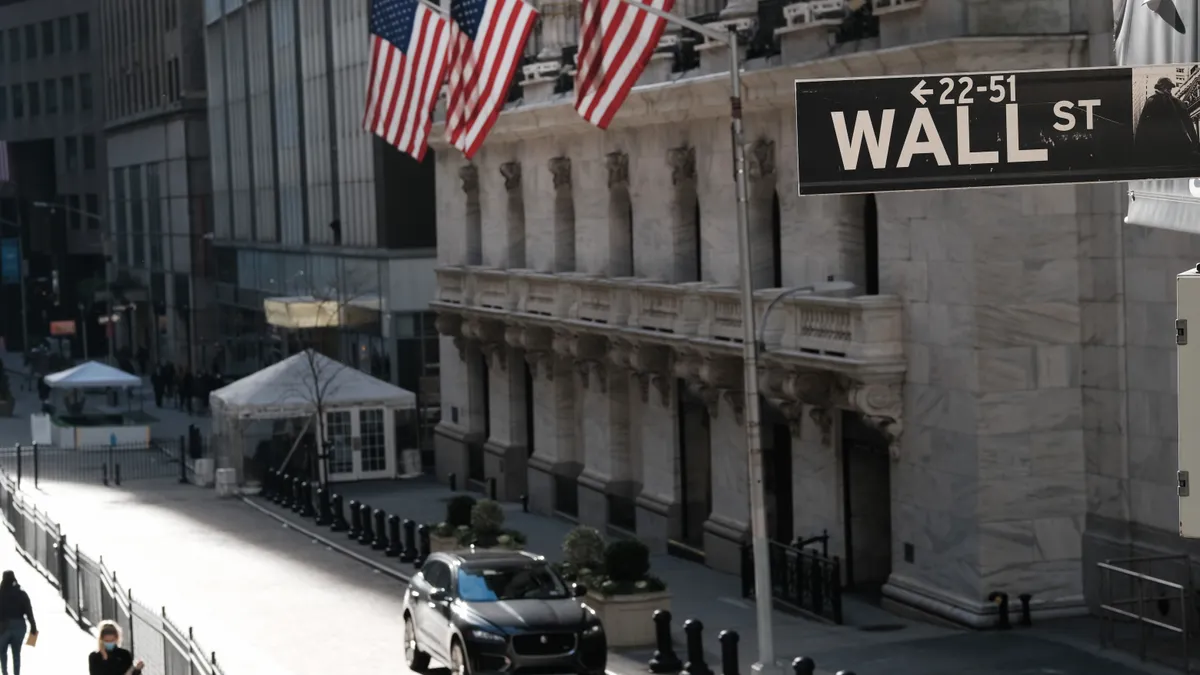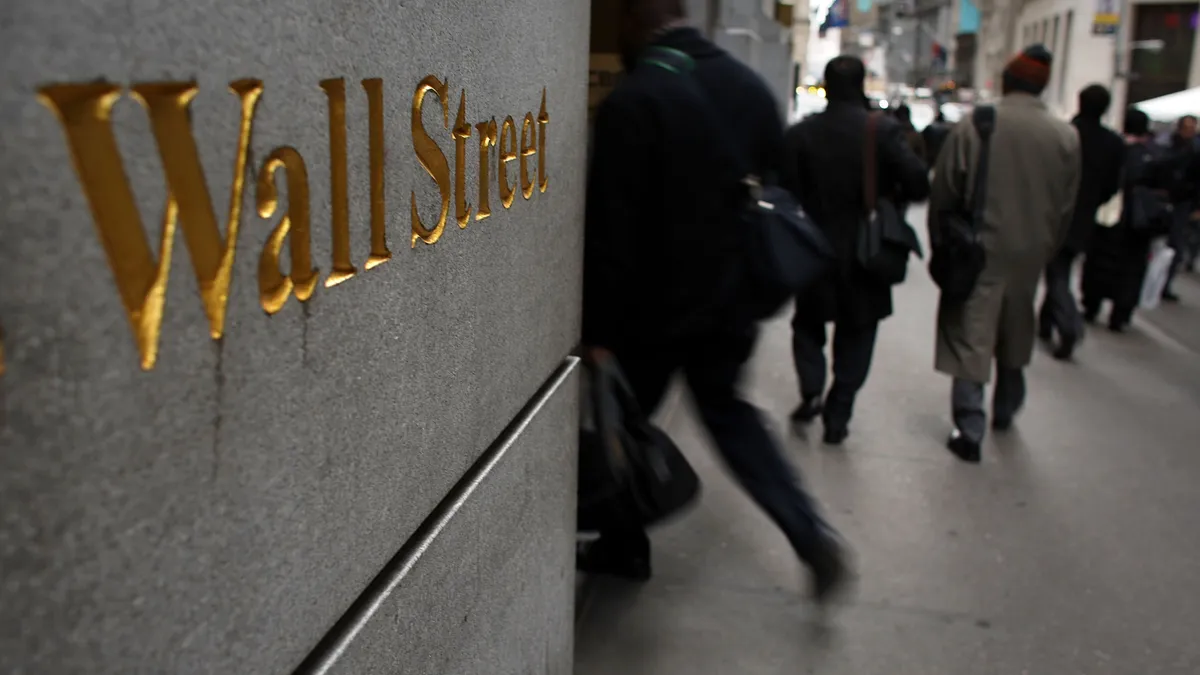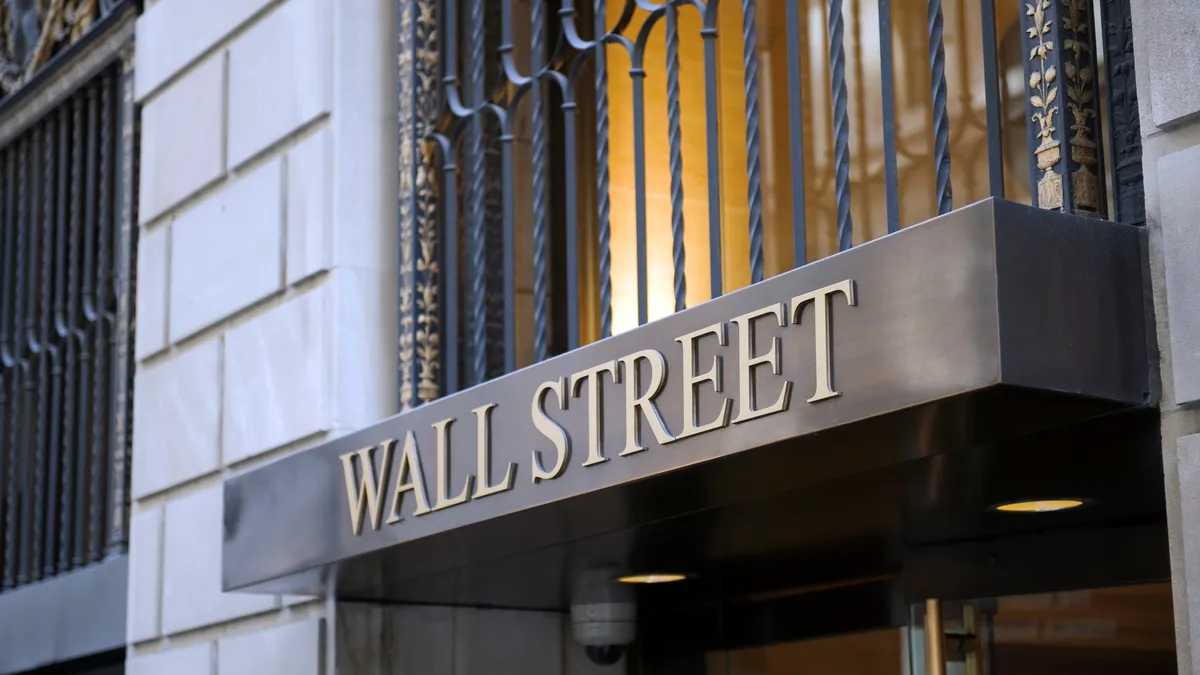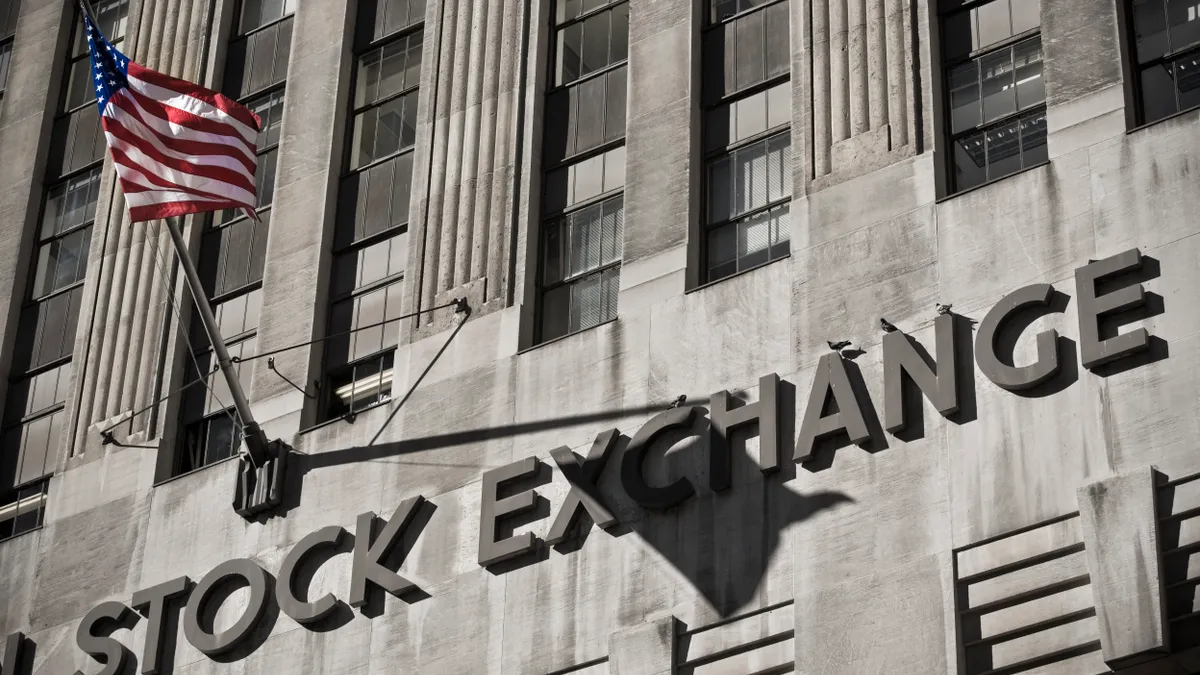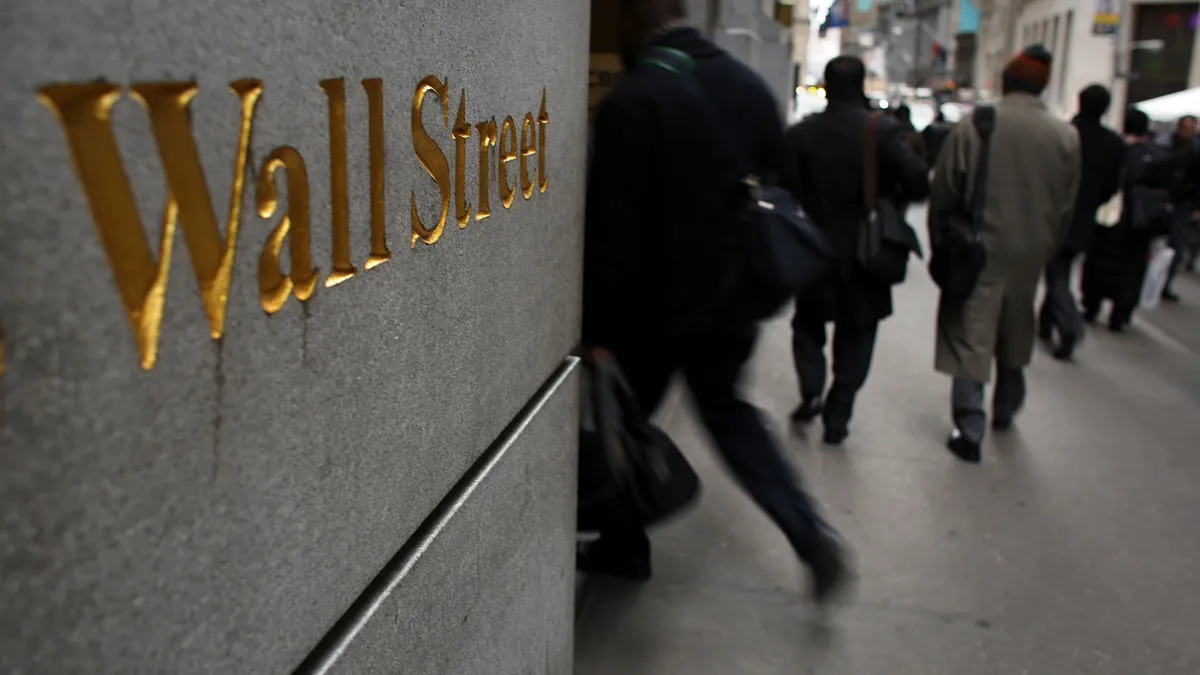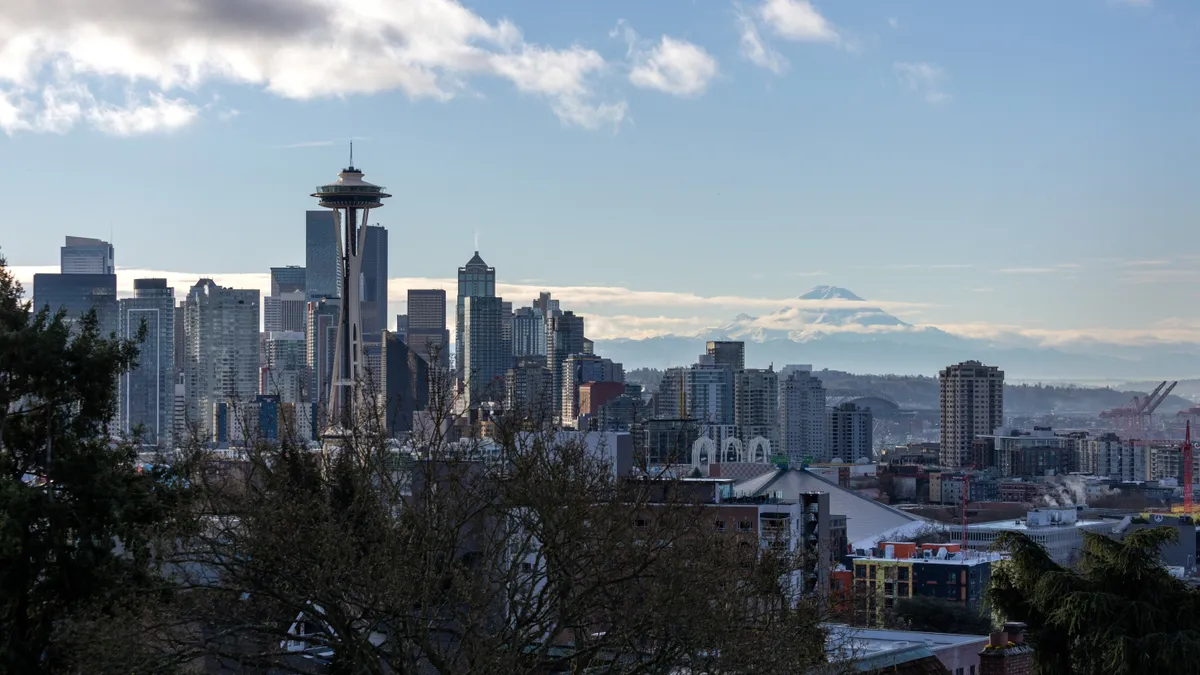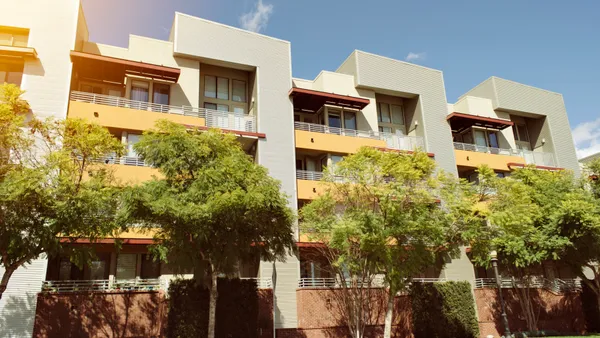Executives at Memphis-based REIT MAA were expecting to compete with a healthy dose of new supply in their Sun Belt markets in the second half of 2023. What they weren’t anticipating in the third quarter was how desperate merchant developers would be to fill those new apartments in markets like Austin, Texas, and Tampa, Florida.
“We're not surprised by the competition from new supply,” MAA CEO Eric Bolton said on the REIT’s third-quarter earnings call last week. “What we're surprised by is how aggressive some of the merchant developers have gotten in an effort to expedite their lease-ups.”
The REIT saw developers get aggressive by offering bigger concessions in August and September as the 10-year Treasury began moving toward 5%. With higher interest rates putting pressure on their loans and their ability to refinance, there is added motivation for those builders to get to 90% occupancy by the end of the year, according to MAA Chief Investment Officer Brad Hill.
“Some of the merchant-built product is in a rush to get stabilized as quickly as possible, preferably before we even get into the holiday season, which is why I think there were a lot of noticeable shifts that took place in August and September,” Bolton said.
The effects of this heightened supply were themes throughout MAA’s earnings release and conference call. Here are three takeaways.
Demand persists
As developers got more aggressive with concessions, MAA said its new lease pricing deteriorated, dropping 4% to 5% year over year. But it is still booking renewal rate growth in the 5% YOY range as current residents are accepting price hikes. “We continue to get solid performance on our renewal practices,” Bolton said.
In Q3, MAA saw half of the move-outs due to rent increases that it did in 2022. Overall resident turnover was down 4% YOY in Q3 as interest rates for a 30-year mortgage rose to almost 8% in the quarter. “What's really at play here on the turnover is just people aren’t buying houses,” Bolton said.
Other factors that support demand, such as strong employment markets, low turnover, solid collections, wage growth and net positive migration trends are continuing, putting MAA in a good position when new deliveries fall in 2024, according to Bolton.
“We think that as we get into the back half of next year, we probably do start to see supply levels start to moderate and some of the developer pressure start to moderate,” Bolton said. “We probably do start to see market rent growth turn positive on the new lease pricing.”
Buying opportunities
Desperate developers offering concessions may be a short-term headache in some MAA markets, but they could produce a long-term opportunity.
Case in point: In October, the REIT purchased a newly built 323-unit mid-rise in Phoenix now called MAA Central Avenue for approximately $102 million. The property is in lease-up and the developer was under pressure to close on a sale by a certain date, according to Hill.
BY THE NUMBERS
| Category | Q3 | YOY Change |
| Property revenues | $510.9 million | 4.1% |
| Net operating income | $324.7 million | 3.7% |
| Operating expenses | $186.1 million | 4.7% |
| Funds from operations | $2.29 | 4.6% |
| Rent per unit | $1,690 | 4.5% |
| Occupancy rate | 95.7 | 20 bps |
SOURCE: MAA
“With the property nearing stabilization, we expect over the following year or so to capture further margin and yield expansion opportunities as a result of adopting MAA’s more sophisticated revenue management practices and technology platform coupled with our future ability to achieve operational synergies with another MAA property that is only half a mile away,” Hill said.
MAA’s transaction team will continue to look for new properties and land for future developments across its footprint as merchant developers seek exit strategies.
“Al [Campbell, CFO] and Clay [Holder, chief accounting officer] have our balance sheet in a great position to be able to take advantage of additional compelling opportunities as they continue to materialize later this year and into 2024,” Hill said.
Construction pipeline growing
As other apartment developers deal with their legacy pipelines and loan issues, MAA plans to continue building. In Q3, it funded over $47 million of development costs toward the completion of its current $643 million pipeline, leaving $296 million remaining to be funded on this pipeline.
In the next six months alone, MAA plans to start three projects, according to Hill. It has five other developments, representing 1,320 units, that could be ready for construction by the end of 2024.
“Today we own or control 13 well-located sites, representing a growth opportunity of nearly 3,700 units,” Hill said. “We have optionality on when we start these projects, allowing us to maintain our patience and discipline when making capital deployment decisions.”
While supply may be an issue in some of MAA's markets, there is an opportunity for developers who can get projects out of the ground in the near future.
“Any project we start in 2024 will deliver units into a stronger leasing environment with lower competitive supply in late 2025 and 2026,” Hill said.
Click here to sign up to receive multifamily and apartment news like this article in your inbox every weekday.








